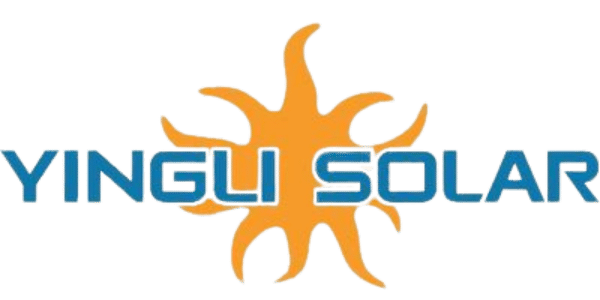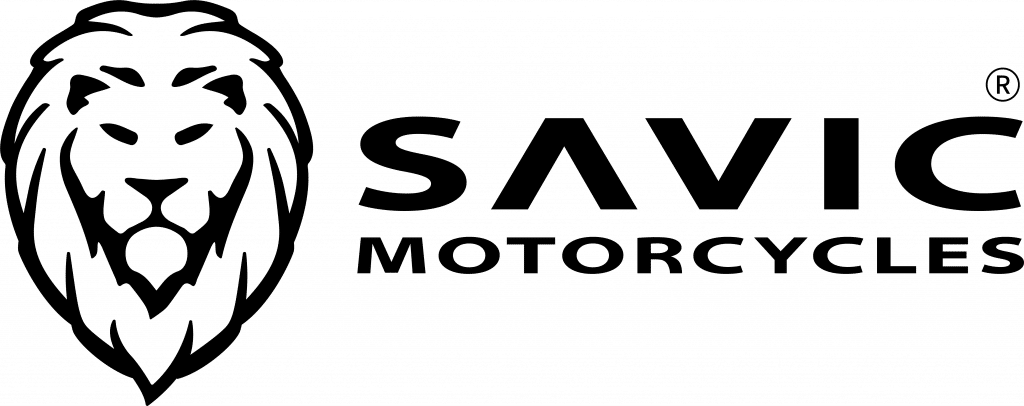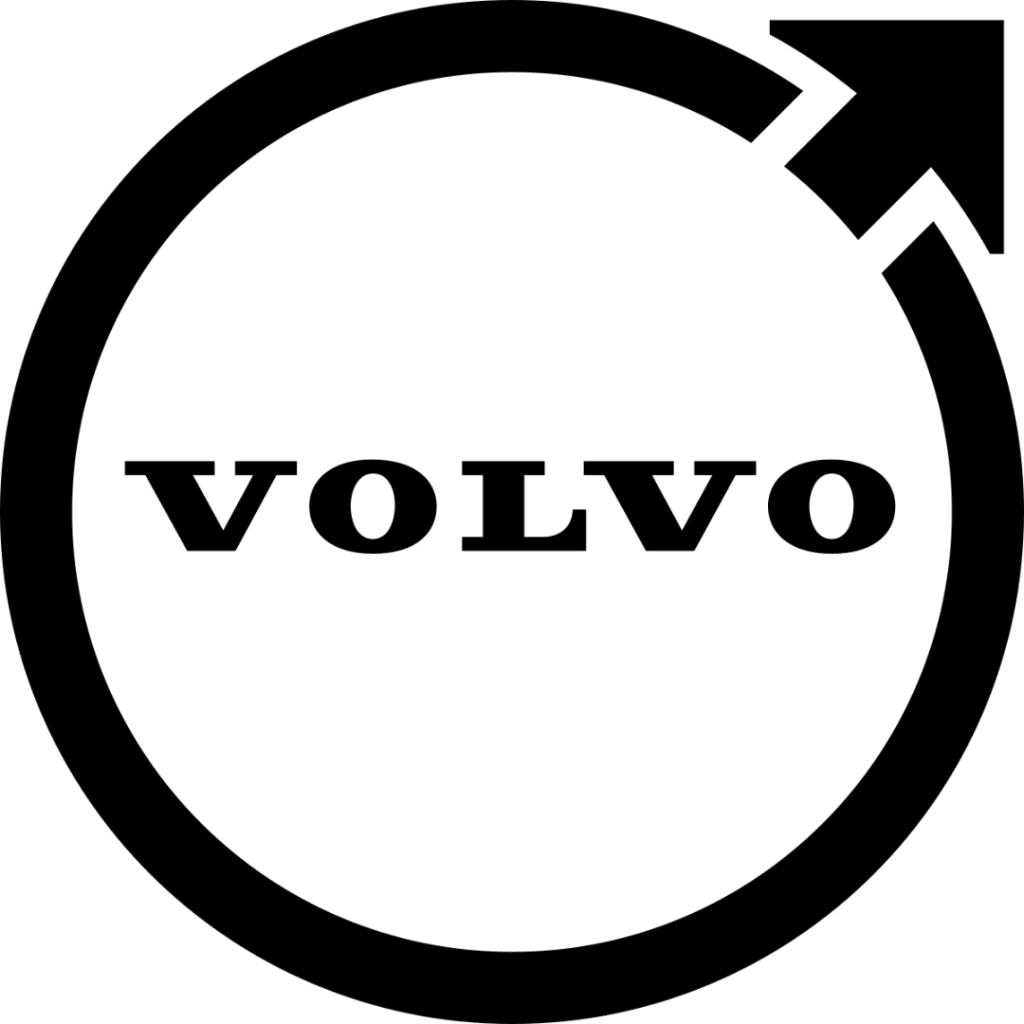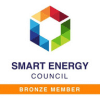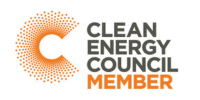Location
Melbourne, Victoria
System Size
401kW
Estimated Annual Production
555,000 kWh
CO2 Avoided Annually
670 tonnes
Solar Inverter
9 Fronius CL series inverters
Solar Panels
1575 x REC 255W
This time-lapse video of NEXTDC’s data centre in Port Melbourne, Victoria, presents a stunning visual of its rooftop being covered by solar panels.
The 400kW NEXTDC M1 Data Centre project carried out by Energy Matters’ installation team was unveiled in December 2013.
Curious about how solar solutions could benefit your own endeavours? Consider exploring free solar quotes from Energy Matters to discover the possibilities.
Award-winning REC solar panels, Fronius inverters and SunLock mounting systems have been used in the installation. SunLock equipment is designed and developed by Energy Matters’ sister company, Apollo Energy, and manufactured in Australia.
The array includes:
- 1,575 REC 255W Solar Panels utilising almost 4000 M2 of roof area
- 9 Fronius CL series inverters
- 10 km of DC cable
- 6.3 km of SunLock mounting rail
This massive solar panel system generates enough electricity to power 88 Australian homes and will significantly reduce NEXTDC’s running costs in terms of energy.
When the project was originally announced in 2012, NEXTDC said it aimed to lead the Australian ICT (Information and Communications Technology) sector in solar power generation and energy efficiency.
NEXTDC’s purpose-built facilities throughout Australia have been designed to address the market’s growing need for energy-efficient, independent data centres in which organisations can host their critical IT infrastructure, and also to address the growth of cloud computing.
The success of the NEXTDC M1 Data Centre project showcases the tangible benefits of integrating solar energy into large-scale, power-hungry operations. Data centres are known for their significant energy consumption due to the continuous operation of servers, cooling systems, and support infrastructure. By incorporating a 400kW solar power system, NEXTDC has made strides in mitigating its carbon footprint while significantly reducing operational energy expenses. This project also serves as an example of how forward-thinking companies can enhance sustainability through renewable energy investments.
The use of REC solar panels, Fronius inverters, and SunLock mounting systems ensures high reliability and performance, which are crucial for a facility that requires an uninterrupted power supply. Moreover, the strategic design of this installation allows for optimal energy capture without compromising the structural integrity or functionality of the data centre’s operations.
Looking to the future, this milestone could inspire other ICT businesses and heavy energy users to adopt renewable energy solutions. The potential for scaling up similar projects is immense, particularly as solar technology improves efficiency and affordability. NEXTDC’s pioneering spirit demonstrates that even high-energy sectors can achieve impressive sustainability goals with the right partners and planning.
The success of the NEXTDC M1 Data Centre project showcases the tangible benefits of integrating solar energy into large-scale, power-hungry operations. Data centres are known for their significant energy consumption due to the continuous operation of servers, cooling systems, and support infrastructure. By incorporating a 400kW solar power system, NEXTDC has made strides in mitigating its carbon footprint while significantly reducing operational energy expenses. This project also serves as an example of how forward-thinking companies can enhance sustainability through renewable energy investments.
The use of REC solar panels, Fronius inverters, and SunLock mounting systems ensures high reliability and performance, which are crucial for a facility that requires an uninterrupted power supply. Moreover, the strategic design of this installation allows for optimal energy capture without compromising the structural integrity or functionality of the data centre’s operations.
Looking to the future, this milestone could inspire other ICT businesses and heavy energy users to adopt renewable energy solutions. The potential for scaling up similar projects is immense, particularly as solar technology improves efficiency and affordability. NEXTDC’s pioneering spirit demonstrates that even high-energy sectors can achieve impressive sustainability goals with the right partners and planning.
What is the largest privately funded rooftop system in Australia (as at December 2013) is a taste of things to come in the nation’s commercial solar sector.
We have been executing an increasing number of commercial solar projects for companies looking to reduce operational costs and carbon emissions impact.
Our commercial arm performed the highest number of commercial-scale solar power system installations between 20-100kW capacity in Australia during the first quarter 2013.
Considering a commercial scale solar project in Melbourne? Contact us today and we can begin to build your system together.









